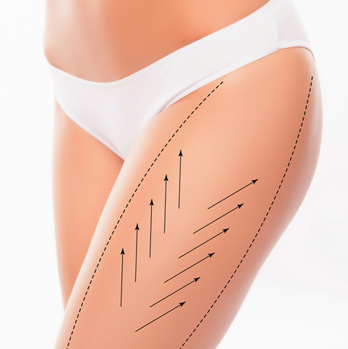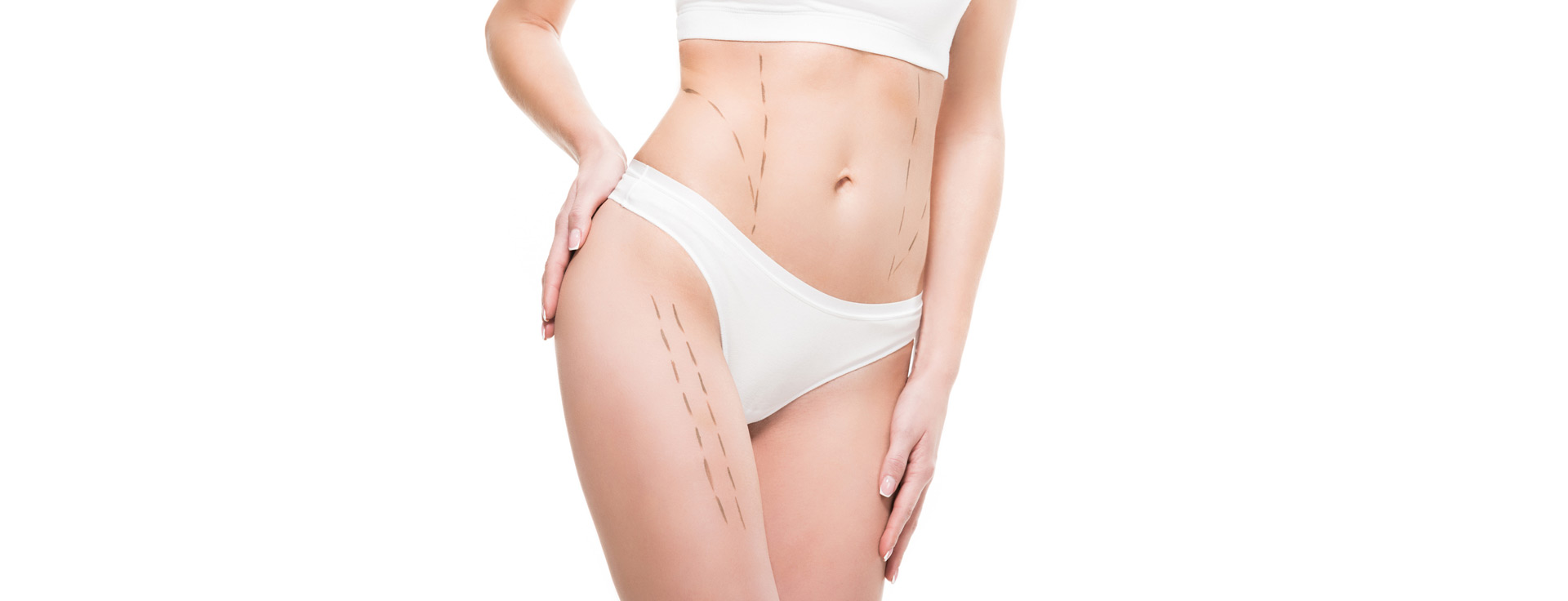
Patients with long-standing HIV positivity often develop areas of fat accumulation and/or fat atrophy. It is not clear if this is due to the disease alone or to the medications used to treat HIV. Regardless of the cause, the result can be very troublesome to the patient. Most commonly affected areas are the cheeks which lose their fullness, and the upper back which develops a soft-tissue mass. As the mass increases in size, it becomes increasingly uncomfortable, causing postural disturbances and neck pain. The mass can extend to the posterior neck or even the scalp. Often there is fullness in the anterior neck as well. Other areas affected are the chest with breast development (gynecomastia); the abdomen with increasing internal fat deposition (isolated truncal obesity), and the arms and legs with atrophy or wasting.
Many of the affected areas benefit from surgical treatment. There are soft-tissue fillers which can be used to treat the soft-tissue atrophy of the face. The excess soft tissue of the back and neck can be treated with ultrasonic liposuction and/or direct excision. Gynecomastia is also readily treated in this fashion.
These procedures not only enhance physical appearance but also improve psychological well-being and quality of life by alleviating the stigma associated with HIV-related body changes, ultimately helping patients feel more confident and comfortable in their bodies.
Benefits of Body Contouring After HIV-Related Lipodystrophy
Body contouring after HIV-related lipodystrophy offers several benefits. It helps to correct abnormal fat distribution, restoring a more natural and balanced appearance. This can significantly boost self-esteem and reduce the stigma often associated with HIV-related body changes. By improving the body’s contours, these procedures can enhance the individual’s overall comfort and functionality. Additionally, body contouring can lead to better fitting clothing and an improved quality of life, as patients feel more confident and at ease with their appearance.
How Body Contouring After HIV-Related Lipodystrophy Is Done
Body contouring for HIV-related lipodystrophy involves various surgical techniques tailored to the patient’s needs. Common procedures include liposuction to remove excess fat from areas like the abdomen and neck, and fat grafting or implants to restore volume to areas like the face, arms, and legs. The surgeon makes small incisions to insert a cannula for liposuction or to place implants. Fat grafting involves harvesting fat from one part of the body, purifying it, and injecting it into the desired areas. These procedures are typically performed under general anesthesia, and the choice of techniques depends on the extent and areas of fat redistribution.


Who Body Contouring After HIV-Related Lipodystrophy Is For
Body contouring after HIV-related lipodystrophy is ideal for individuals who have experienced significant fat redistribution due to long-term antiretroviral medication. Candidates include those with fat accumulation in the abdomen, neck, or breasts, or fat loss in the face, arms, or legs, leading to a disproportionate appearance. Suitable candidates are typically in good overall health, have stable HIV disease management, and realistic expectations about the outcomes. It is also beneficial for those who seek to improve their psychological well-being and reduce the stigma associated with their physical changes. Individuals considering this surgery should consult with a specialized surgeon to determine the best approach.
Surgical Process
The treatment process for body contouring after HIV-related lipodystrophy starts with a comprehensive consultation with a plastic surgeon experienced in treating this condition. The surgeon evaluates the patient’s medical history, examines the areas of concern, and discusses the goals and potential outcomes. On the day of surgery, general anesthesia is administered. The surgeon performs the necessary procedures, which may include liposuction to remove excess fat or fat grafting/implants to add volume to specific areas. Fillers may be injected under local anesthesia.



Q: How long does recovery take?
A: Recovery time will vary depending on the type of procedure performed.
Q: Are there risks involved?
A: Risks of surgical procedures may include infection, bleeding, poor wound healing, and complications from anesthesia.




